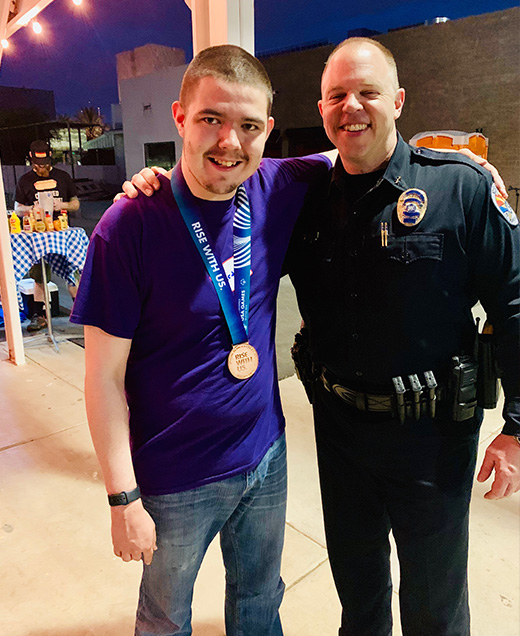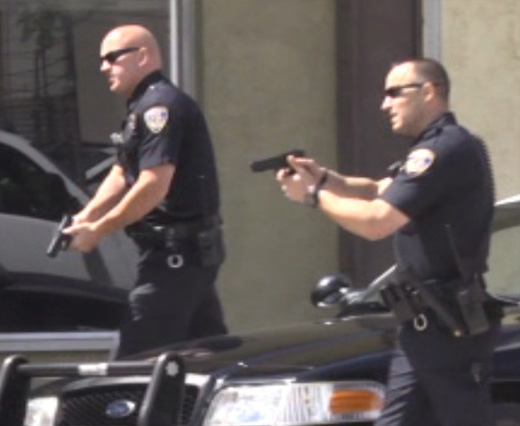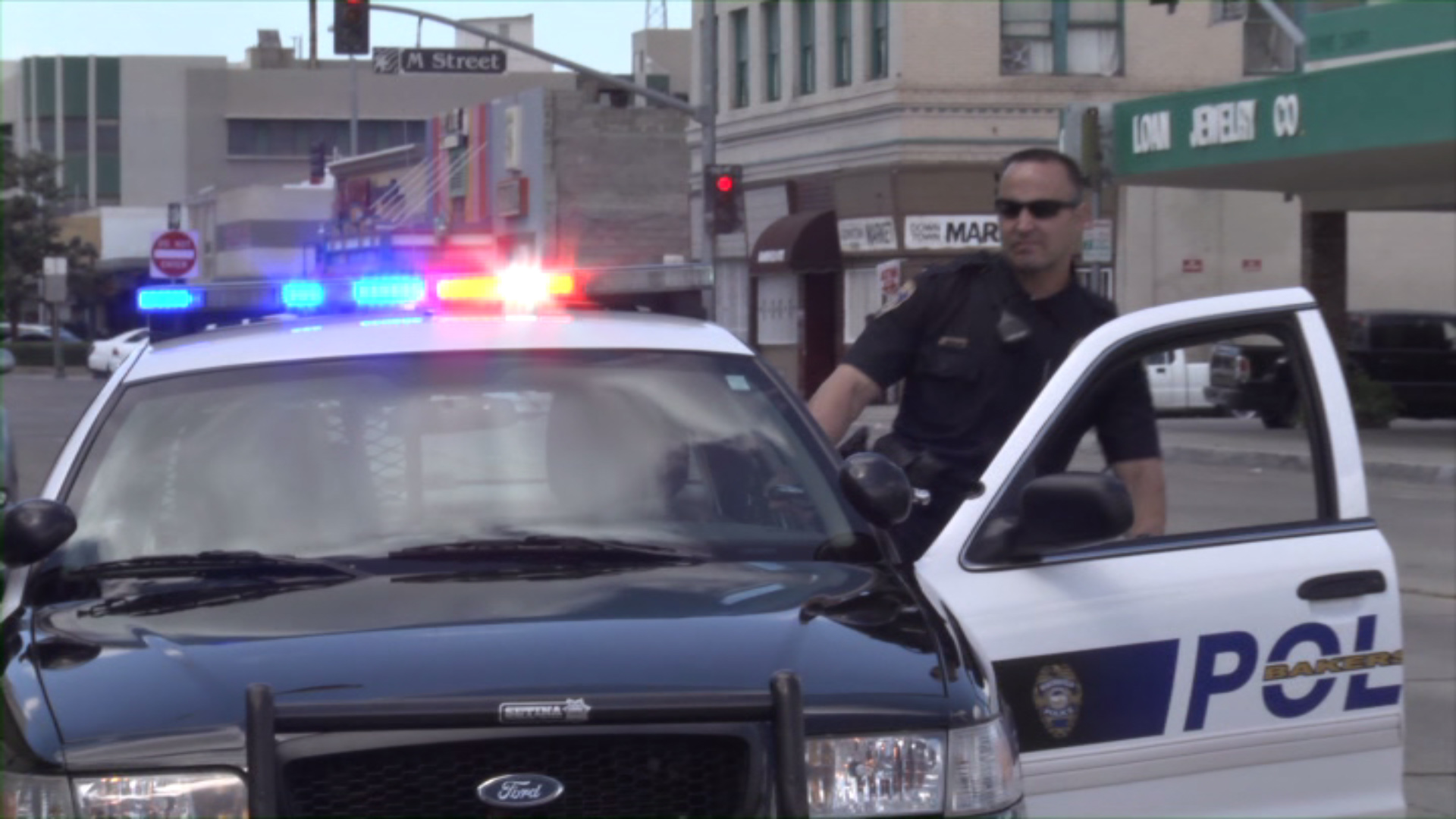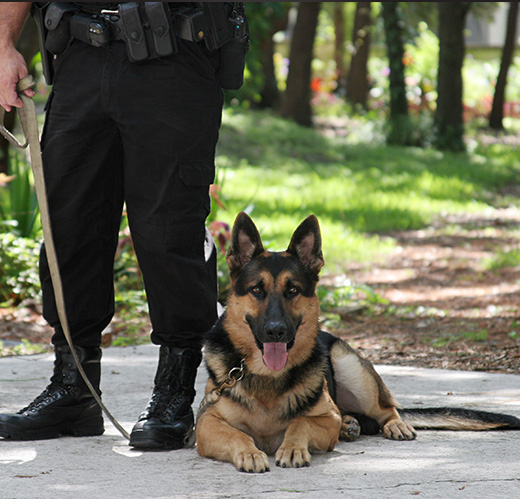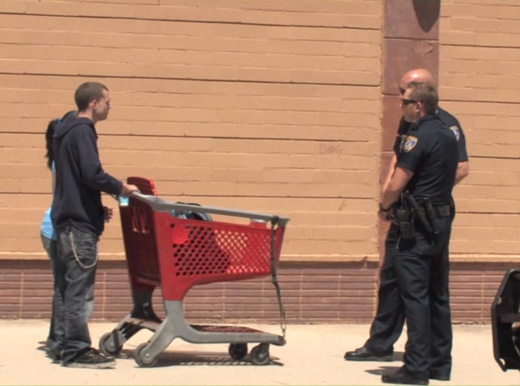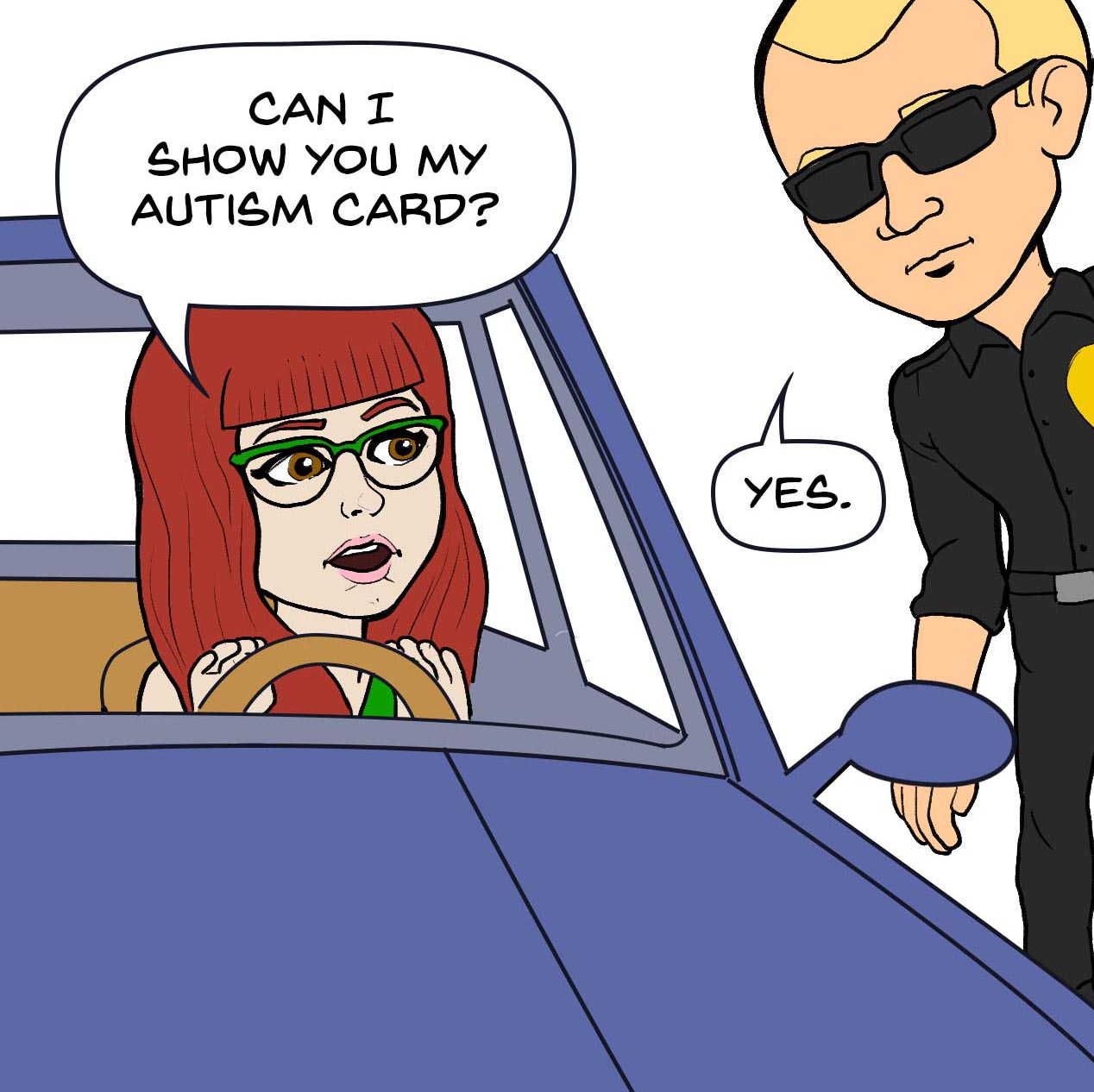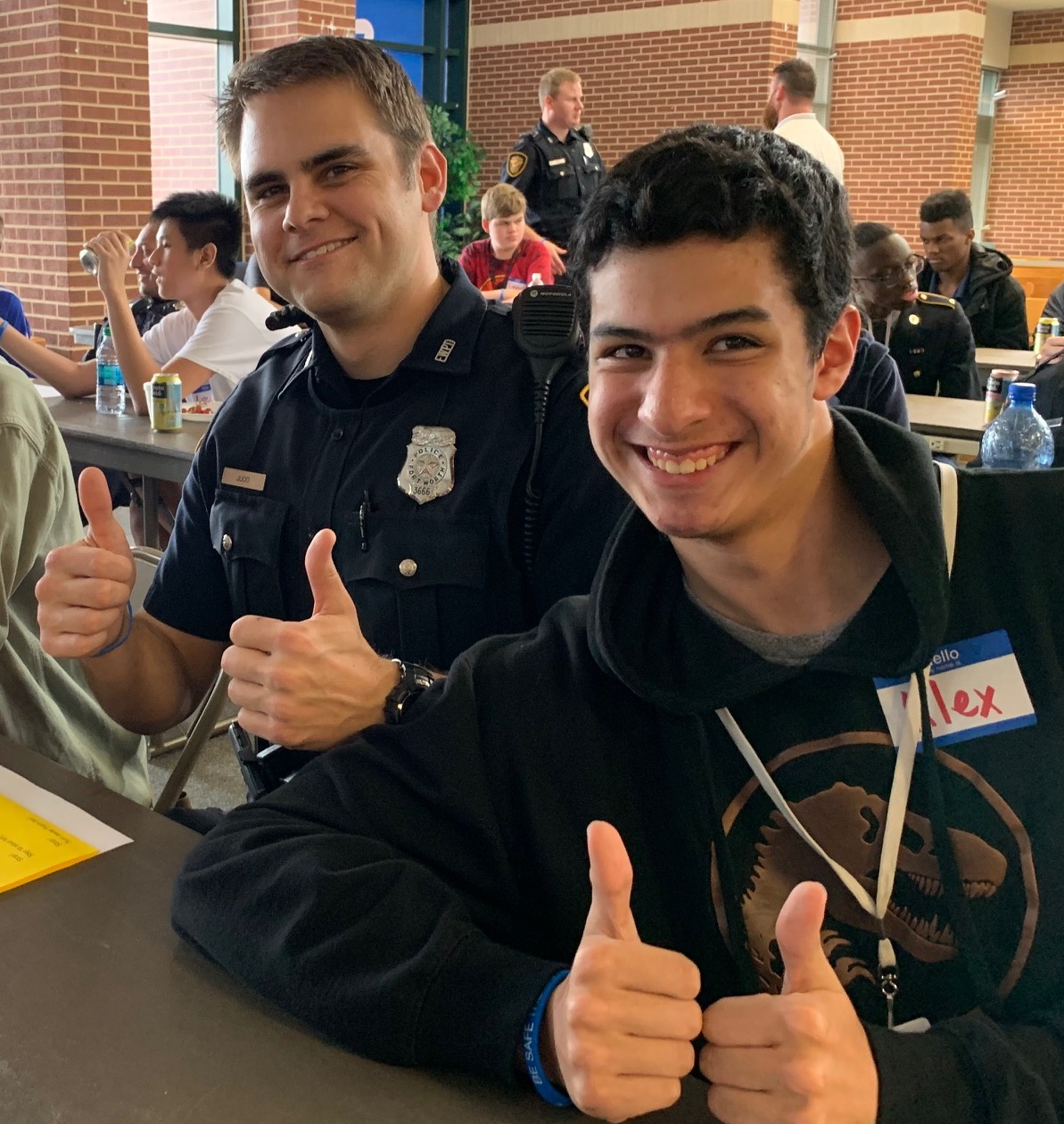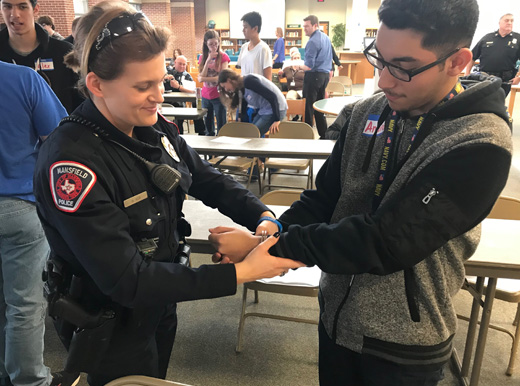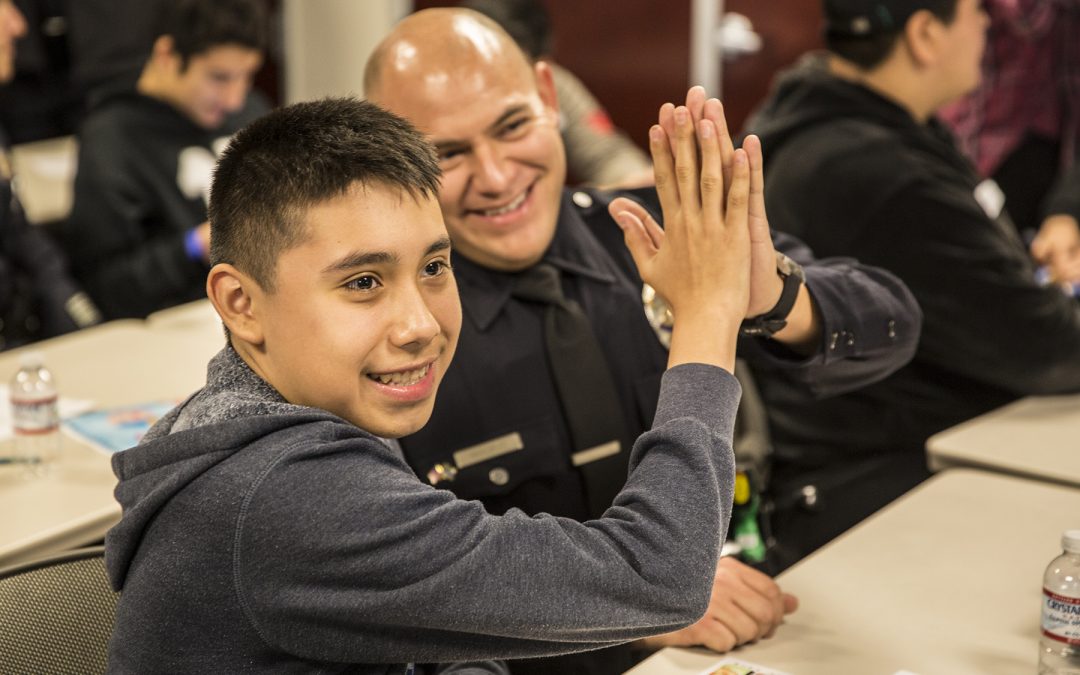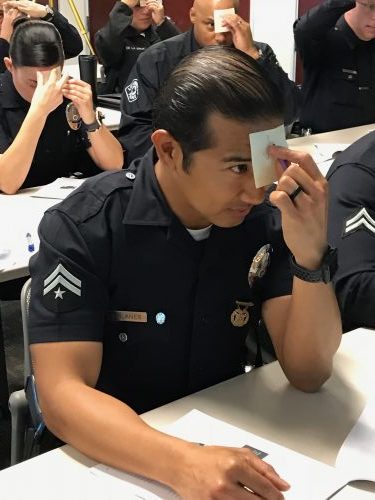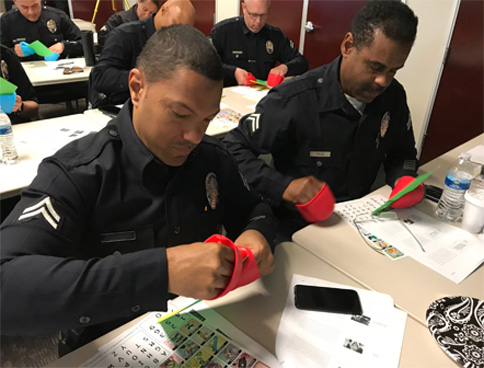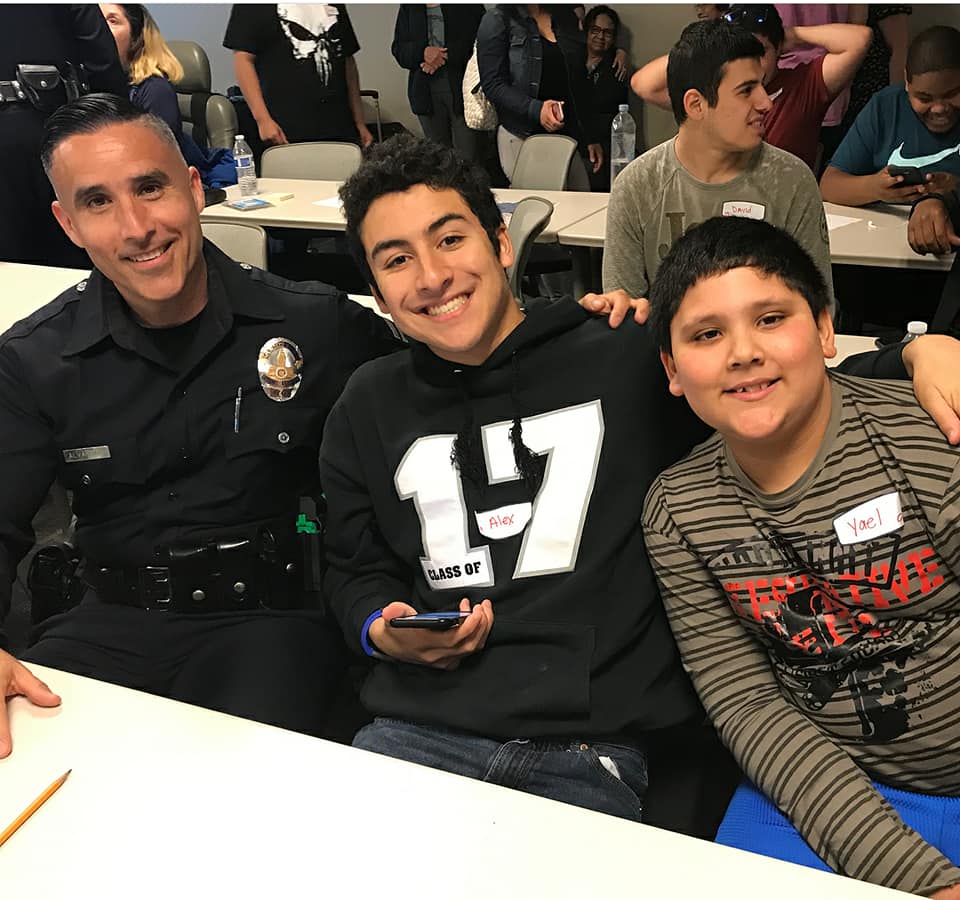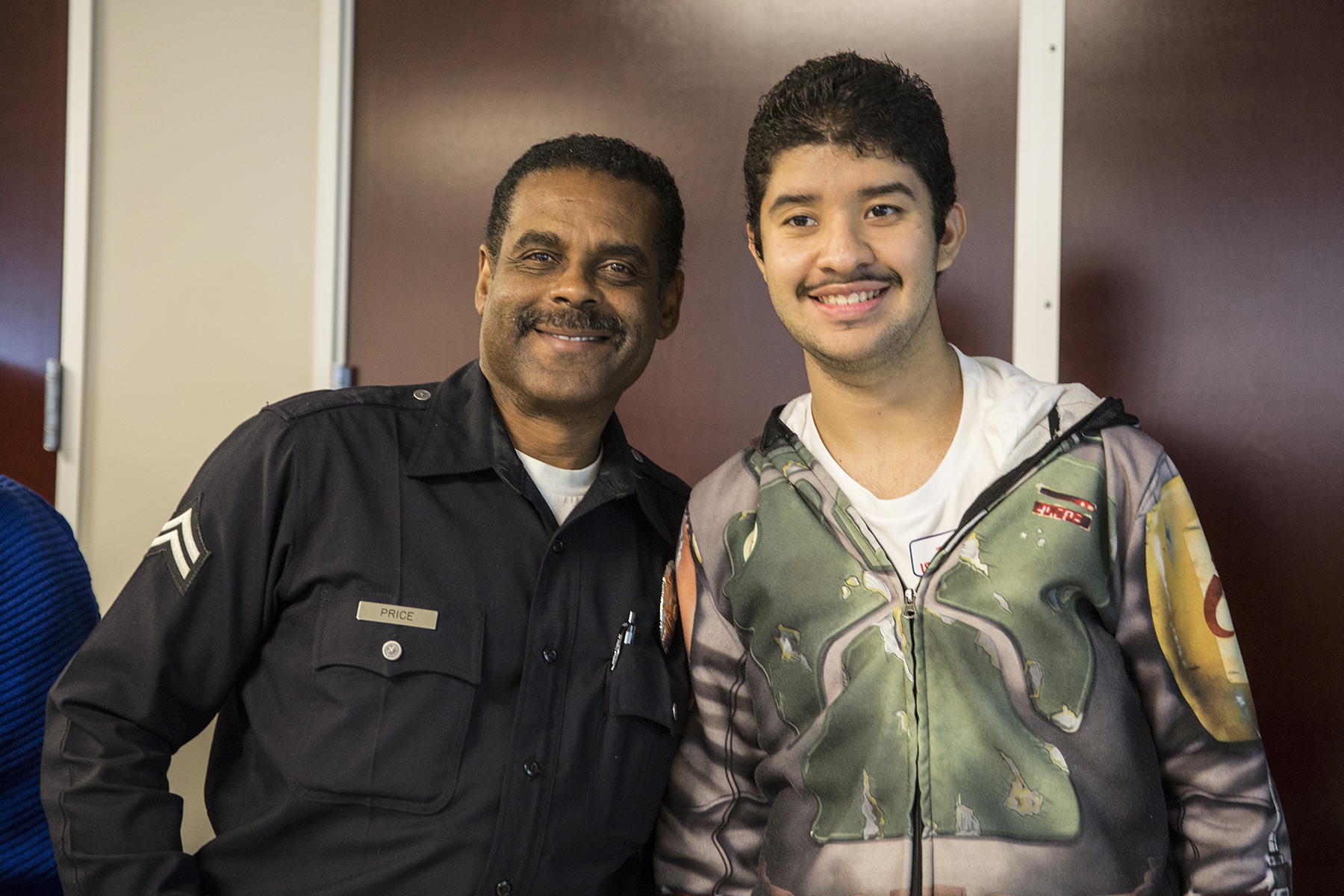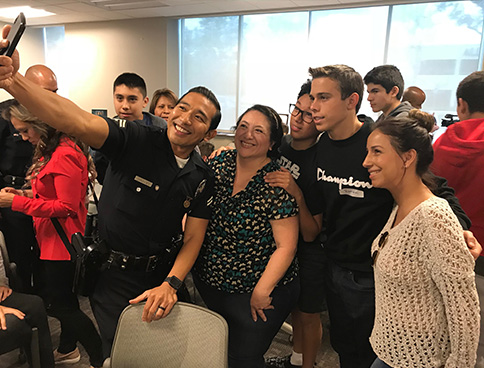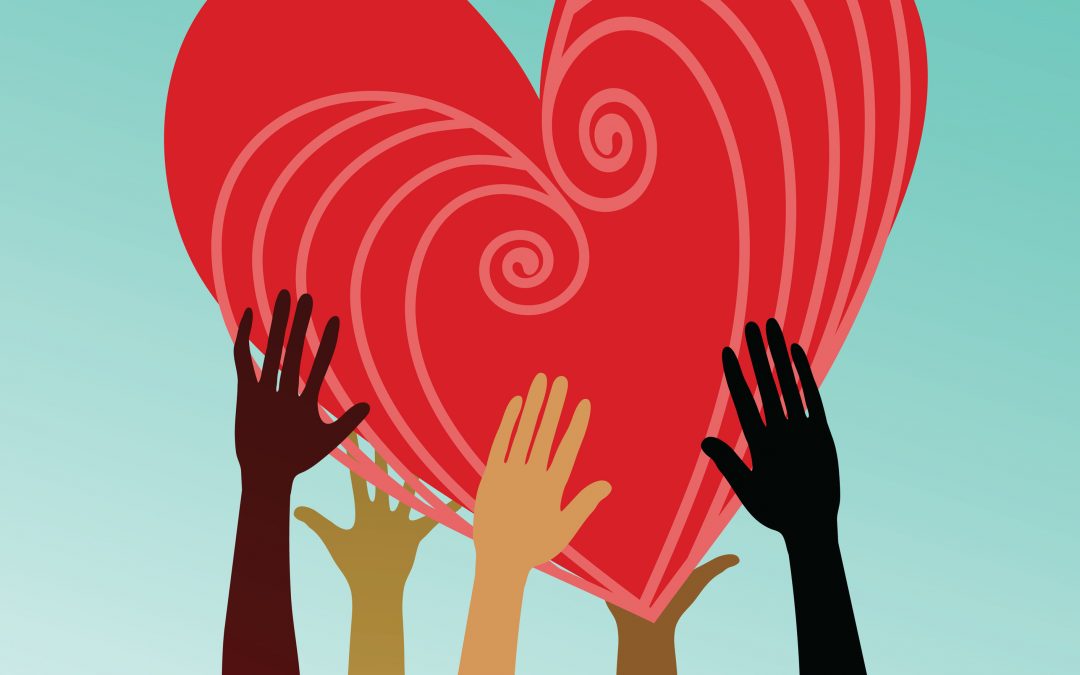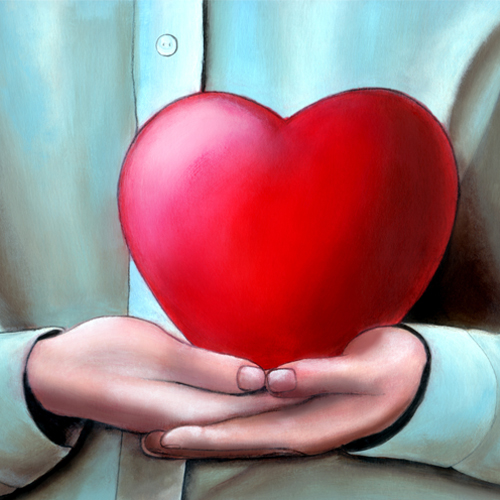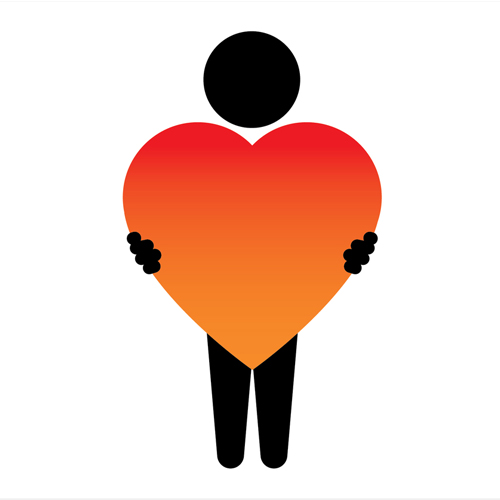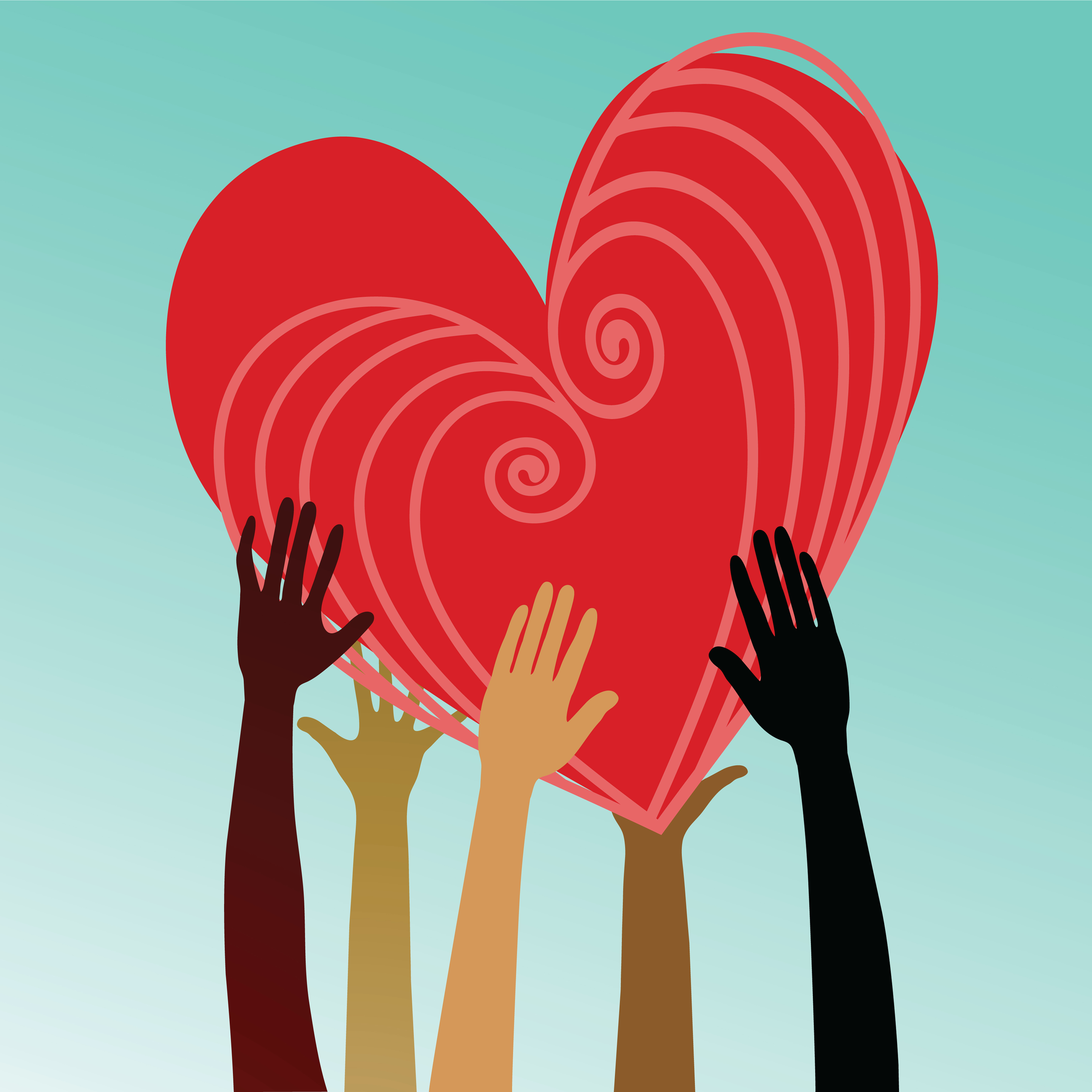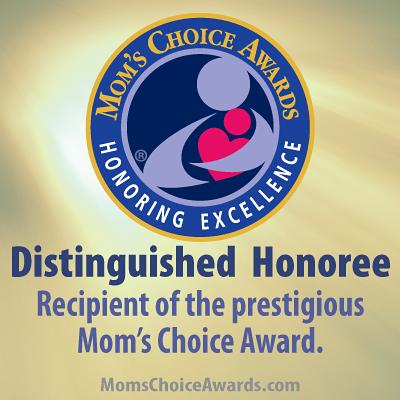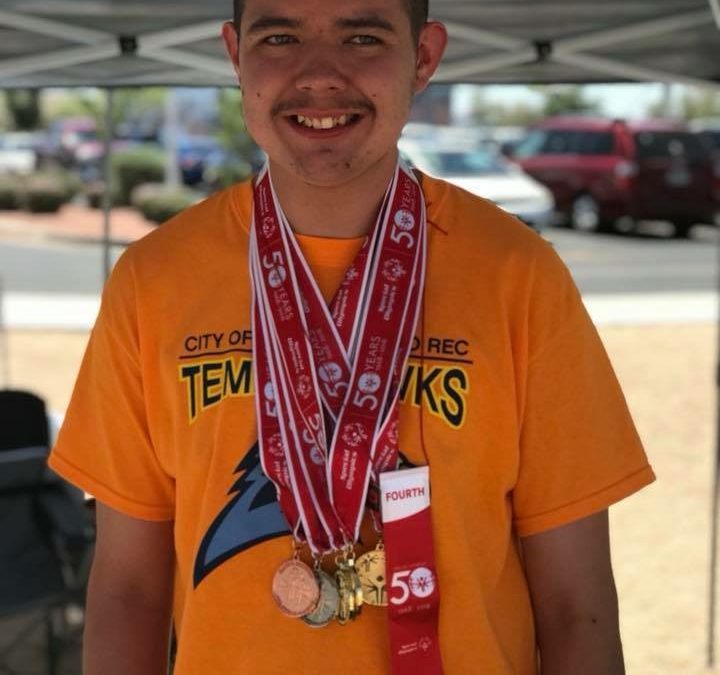
What Would Your Child with Autism Do in a Police Encounter? A Success Story
What Would Your Child with Autism Do in a Police Encounter? A Success Story
by Amanda Steele
BE SAFE The Movie is celebrating our 6th exciting year of actively promoting safe interactions between police and individuals with autism and other exceptional needs. We love traveling the country to help parents, educators and police officers proactively address the safety needs of youth through BE SAFE materials and training!
It’s truly rewarding to see the impact of BE SAFE. Today we’re sharing a guest blog by Amanda Steele of Chandler, Arizona. As you’ll see, Amanda is a Certified BE SAFE trainer, and her own son recently had a heart-stopping encounter with the police. Read on to hear what happened from Amanda and her husband, Joe Steele.
Being a mom is scary on its best day. We send our children out into the world hoping they remain safe and make smart choices. You do what you can to prepare them. Having an adult son with autism who is low verbal and has an intellectual disability magnifies my fears about what might happen when he’s out and about.
My son’s name is Jordan. Jordan is 18, almost 19. He’s highly independent and capable. He is low verbal, yet has made his way into this world with determination and a respect for responsibility.
My kind-hearted son has lived a tremendously filled life thus far. He keeps busy, always planning his next activity, event or big adventure. Jordan has earned the right to a little freedom, albeit still highly monitored. He has a pure yet naïve spirit… one that doesn’t truly grasp the concept of violence or malice, so we continue to be watchful.
Jordan has had several interactions with police officers over the years. We encouraged him to say hello and provide his personal information, building that habit. He’s familiar with the idea that people in uniform are “safe persons.”
To step up his preparation for the “real world,” Jordan has viewed Be SAFE The Movie several times. You may know that BE SAFE was created by educator Emily Iland, who is also the mother of a son with autism. BE SAFE models what to do and say when you meet the police in different everyday situations, ranging from unwittingly committing a crime to being mistaken for an armed robber.
Sometimes life imitates art, and what you see in a movie actually happens to you! In January I received a phone call from my husband, Joe Steele, that made my heart drop to the floor. My husband told me that Jordan had an interaction with the police; that without Joe’s support, could have gone drastically different.
A robbery had just happened and the police were actively looking for the perpetrator. Jordan matched the description of a suspect, who was seen near the same park Jordan was at. That’s exactly the scenario that happens in BE SAFE The Movie, but this was really happening to my son!
Jordan is on the Special Olympics cheer team; my husband is the Special Olympics Coordinator for the City of Tempe. When Jordan’s practice at Clark Park Recreation Center was over, he went outside to move around and give himself some sensory input after having been inside for so long. Jordan doesn’t leave the vicinity (he’s a mover not a wanderer).
Joe was inside the building where another team was practicing when he saw the police through the window. Here’s Joe’s personal account of Jordan’s interaction with the police:
On January 15th, 2019, we were at Clark Park recreation center. My adult autistic son was approached by Tempe police officers. Jordan matched the description of a suspect that the police were searching for. Jordan was wearing his red shirt (it was Monday and that is the color for Monday) and jeans, just like a man involved in an armed robbery.
The first police officer on scene approached Jordan from across Roosevelt Street. He shined his flash light toward my son and asked for his attention. I quickly approached Jordan within full view of the officer. I told my son to stop and remove his ear buds because a police officer wanted his attention. I then informed the officer that Jordan has autism and might not respond appropriately to his commands, either due to not understanding, or simply not registering that the officer was talking to him.
The officer smiled and let us know that he was searching for an individual matching my son’s description. I told him that my son had been at cheer practice with several witnesses.
At this point Jordan realized an officer was talking with/about him and he wanted to give the officer a fist bump. My son stuck his balled-up fist at the officer and said “knuckles.” This caught the officer a bit off-guard, as he took a half a step/turn before I interjected that my son wanted to give the officer “knuckles” as he has done with officers he has met before. The officer gave him a fist bump and returned to his search.
About 15 minutes later, another group of three Tempe police officers approached us at Clark Park. They were carrying heavy weapons and had a K9 with them. Fortunately, Jordan stayed calm when the dog came near. He had learned not to fear police animals and not to touch them from watching BE SAFE the Movie. At this point the officers knew that Jordan was not the person they were looking for, and kept going.
My fears became reality that day. Things actually went pretty well, especially considering all the ways things might have gone terribly wrong. On the plus side, having seen BE SAFE several times, Jordon did not panic when the police came near him. He knew to stay where he was, and didn’t run when the officers approached. He tried to follow their instructions, although he had some processing delays.
I’m so beyond grateful that Joe was able to see the interaction and step in. I’m even more grateful that the officer took the time to listen and understand Jordan’s limitations and needs.
What I know is Jordan is safe for now, yet needing even more opportunities and experiences to safely interact with the police. I recently completed a BE SAFE Certificate Course with Emily Iland to become a certified BE SAFE trainer. BE SAFE gives parents (and teachers) the tools we need to show young people what to do when they meet the police. It’s not enough to just tell them what to do. They need to see video models and practice. They need materials to drive home important safety concepts. That’s what BE SAFE is all about.
One great option in the BE SAFE program is bringing individuals like Jordan together with local police. They watch the video and practice safety activities together. This is called a BE SAFE Interactive Movie Screening. It’s amazing to watch relationships begin. Jordan has not yet participated in one, but believe me, he’s going to. I’m hosting an Interactive Movie Screening for Tempe Union High School District Students on March 23, 2019 and Jordan is registered to attend!
This mama is on a mission to help spread the education and experiences the BE SAFE program and Interactive Screenings provide. I’ll be working to educate individuals with disabilities by hosting BE SAFE trainings throughout our community. I’ve already started connecting with our local law enforcement departments, encouraging them to attend the Interactive Screening I’m hosting so that they can meet, know and mentor people like Jordan in the community they serve.
It’s scary to think of the things that could happen to our children (of any age) when they are out in the community, especially when they aren’t prepared. What happened to Jordan could happen to anyone, including your child. The BE SAFE motto is “Don’t leave safety to chance.” I hope my experience will inspire you to actively do something to prepare your son or daughter for a police encounter, because doing nothing is just too risky!
We thank Amanda Steele and our hundreds of BE SAFE partners across the country for their efforts to bring BE SAFE to those who need it. BE SAFE is making a difference, and you can too!
Take action with these great safety products: BE SAFE The Movie, BE SAFE Teaching Edition, Self-Disclosure Cards) Bring our cutting-edge safety trainings to your community, whether it’s a BE SAFE Certificate Course like Amanda took, a BE SAFE Interactive Movie Screening or Experience Autism®. Check out an awesome video that tells the whole story! Please contact emily@BeSafeTheMovie.com to learn more
Please Note: The BE SAFE Interactive Movie Screening that Amanda is hosting on March 23 (Click here to see the event flyer) is just for Tempe Union High School District students. Space is limited and RSVP is required by March 15th. For more information click to see the event flyer, or contact rdenne@tempeunion.org
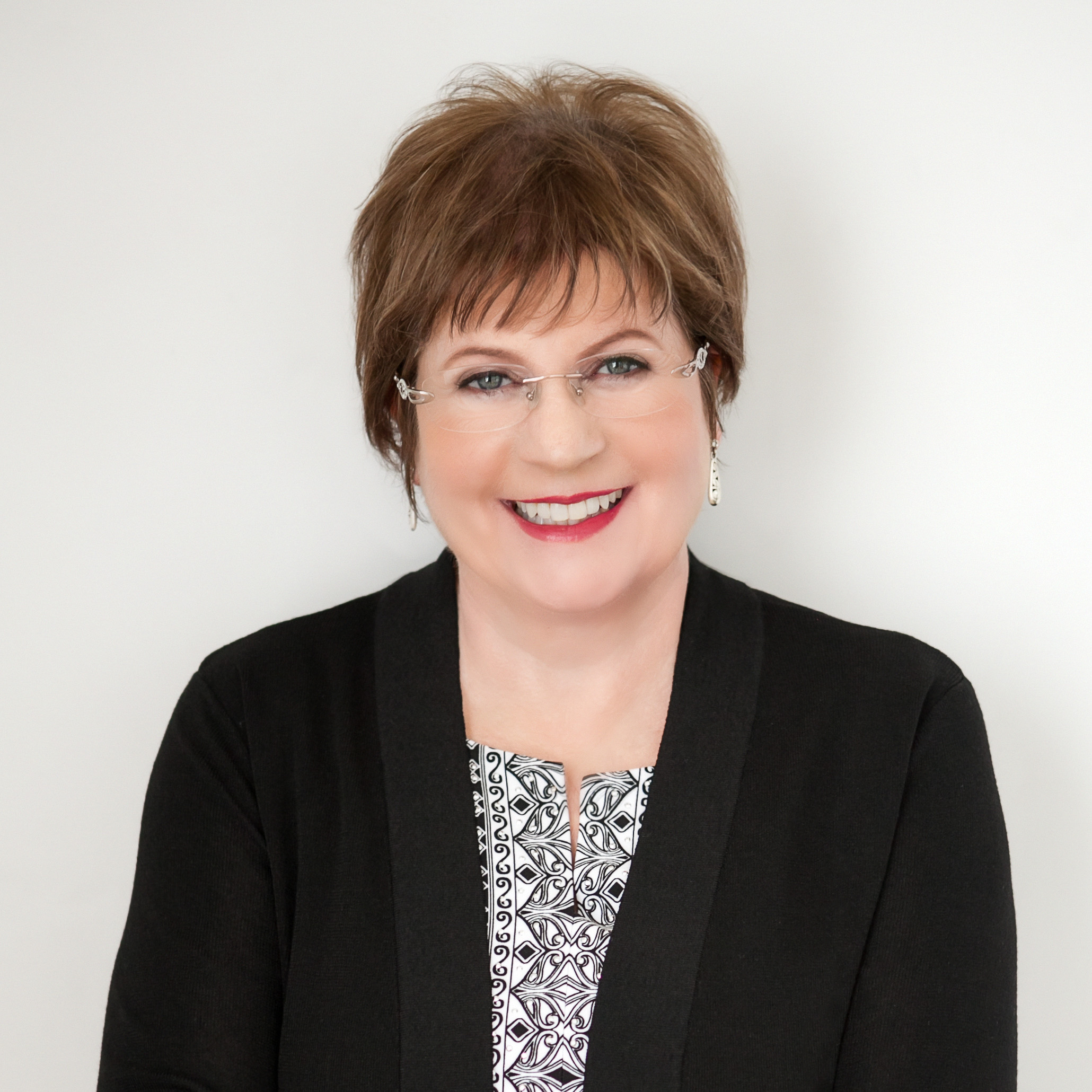
EMILY ILAND, M.A.
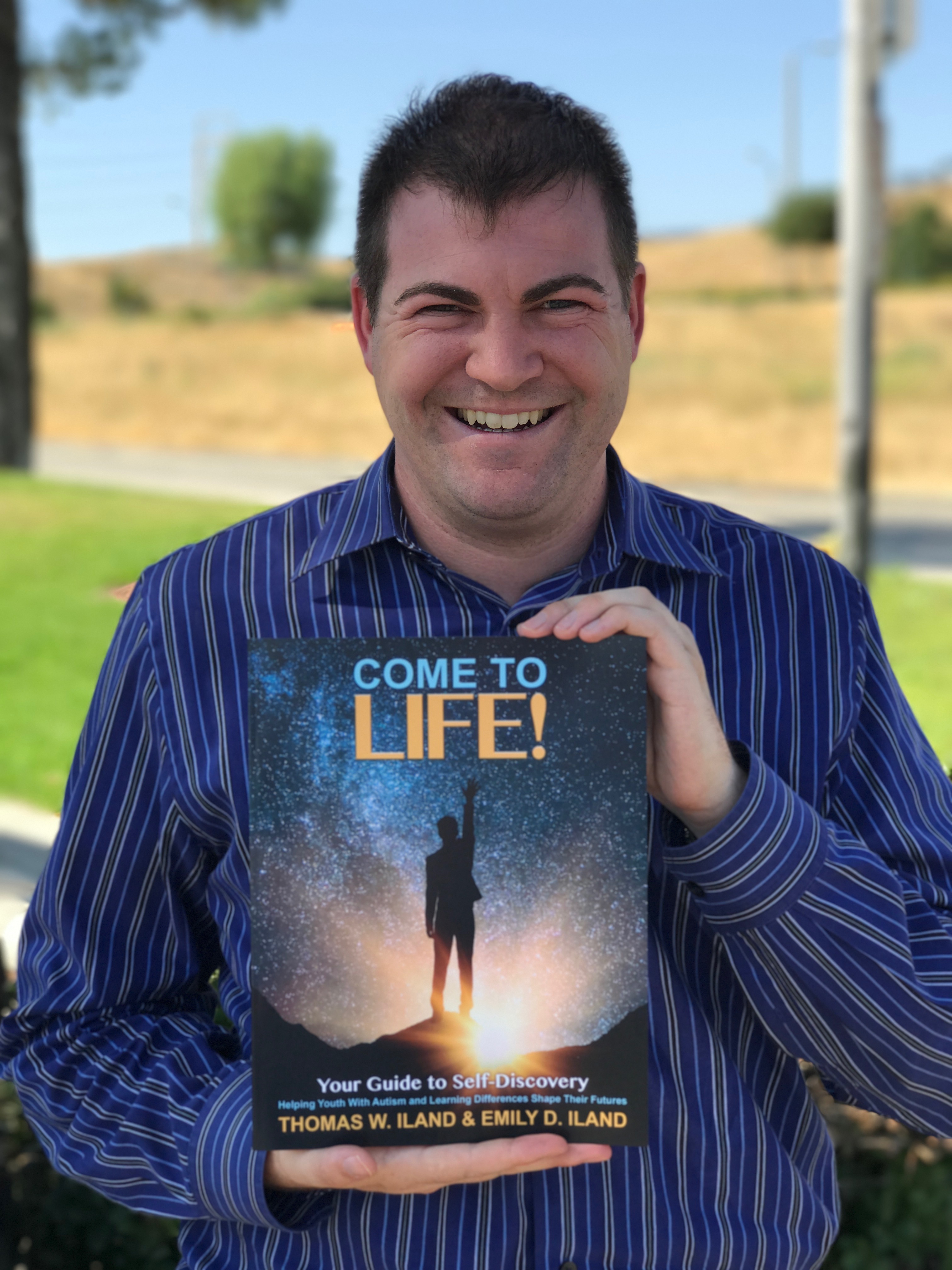
THOMAS ILAND, CPA, DTM
©2019 BE SAFE The Movie All Rights Reserved


